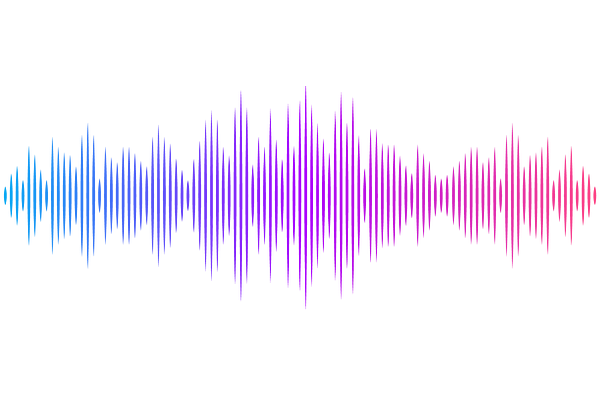Magnetic Resonance Imaging for Improved Brain Tumor Detection

Magnetic Resonance Imaging for Improved Brain Tumor Detection
Benyard, B. A.; Soni, N.; Swain, A.; Srivastava, N.; Khokhar, S.; Yehya, N.; Fan, Y.; Kumar, D.; Nanga, R. P. R.; Frenneaux, M. P.; Haris, M.; Reddy, R.
AbstractPrecise demarcation of brain tumor boundaries is critical for optimizing treatment strategies and improving patient outcomes. In vivo characterization of tumor using PET/CT and MRI is clinical standard. PET/CT highlights the metabolic aspects of the tumor, while MRI provides information on functional, metabolic and structural changes. Even with technological advancements in both PET/CT and MRI, a method that can precisely delineate infiltrative tumor boundaries from normal-appearing brain regions (NABR) in vivo is still lacking. To address this limitation, we explored a relatively new MR imaging method, the Nuclear Overhauser Effect Magnetization Transfer Ratio (NOEMTR), in conjunction with a gadolinium-based contrast agent (Gd-DOTA), to precisely delineate the tumor boundaries in a rat model of infiltrative gliosarcoma. NOEMTR imaging was performed in the rat model (n=5) before and after Gd-DOTA administration. The post-Gd-DOTA NOEMTR map was subtracted from the pre-Gd-DOTA map and compared with contrast-enhanced T1-weighted images and immuno-histological findings. The resulting NOEMTR difference map clearly highlighted both the tumor core and infiltrative boundaries, which was not discernible on the post-contrast T1-weighted images. The extended tumor boundaries observed on the NOEMTR difference map corroborated with the IHC image, which confirmed the presence of infiltrative tumor cells and macrophages in these regions. Guided by the NOEMTR difference map, regions of interest (ROI) were drawn to quantify NOEMTR signal changes in the tumor core, tumor boundaries, and NABR post-Gd-DOTA. Tumor core showed a significant ~43% reduction in NOEMTR signal (p=0.003), while the tumor periphery exhibited a moderate reduction of ~10%, (p=0.045). No appreciable change in was observed in the NABR (p=0.371). In contrast, the post contrast T1-weighted signal changes in tumor core, tumor periphery and NABR were, 33.32% (p = 0.092), 3.8% (p = 0.478), and 8.7% (p = 0.464) respectively. These findings suggest that NOEMTR imaging provides enhanced tumor contrast, particularly at the infiltrative tumor margins, where conventional contrast enhanced T1-weighted MRI may underestimate tumor extent. Histological validation confirmed the presence of infiltrative tumor cells and macrophages in the tumor periphery, as highlighted by the NOEMTR difference map. Overall, NOEMTR imaging, in combination with Gd-DOTA administration, demonstrates superior delineation of brain tumor boundaries compared to conventional MRI. As NOEMTR imaging is a fast acquisition scan (under 10 minutes) and performed on standard 3 Tesla, it can be easily integrated into clinical protocols. By improving visualization of tumor infiltration and distinguishing tumor regions from NABR, NOEMTR imaging holds promise for advancing neuro-oncological diagnostics and treatment planning.